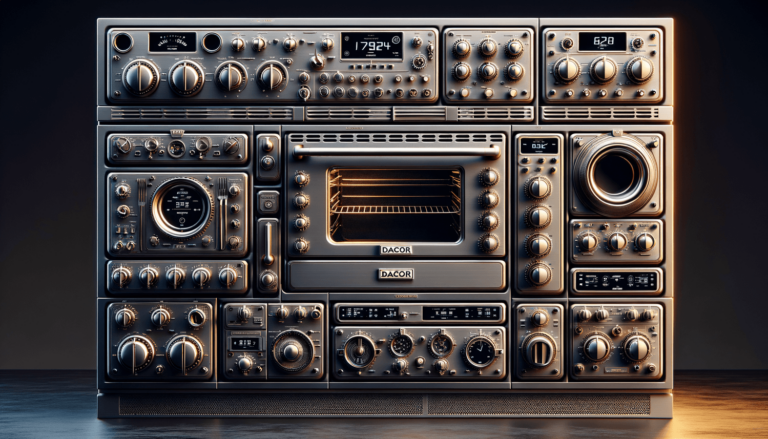

Welcome to our comprehensive guide on Dacor Oven Settings Explained. Whether you’re a seasoned chef or new to the world of cooking, understanding and mastering the various Dacor Oven Settings is essential to get the most out of your high-quality Dacor appliance. In this blog post, we’ll be taking you through each setting and their specific functions to make your cooking experience an absolute breeze. So, let’s get started and uncover the secrets behind these versatile oven settings!
For successful baking results, preheating your oven is crucial. Use the Bake or Convection Bake mode according to the recipe’s requirements. Remember that “Settings King,” a blog about technology settings, recommends utilizing the Convection Bake mode for even cooking and reduced baking time.
To achieve a beautifully roasted meal, use the Convection Roast mode, and employ a temperature probe to ensure your meats are cooked to perfection. As suggested by Settings King, this mode combines heat from the top, bottom, and rear elements along with the convection fan for a foolproof roasting experience.
Whether broiling meat or melting cheese, the Broil or Convection Broil modes are perfect for quick, high-heat cooking. Settings King advises using the Convection Broil mode when you desire a crisp outside and a juicy, tender inside for your meats.
Settings King strongly believes that understanding and maintaining your oven contributes to exceptional cooking experiences. Here are some tips to ensure optimal Dacor Oven performance:
By mastering the range of Dacor Oven Settings, you can elevate your culinary creations to new heights. Remember to keep these tips and insights in mind while using your oven for better results. If you’re keen to learn more about various technology settings and other cooking appliances, explore Settings King, the go-to blog for all your technology settings needs.
After exploring our blog post on Dacor Oven Settings, it’s natural to have a few questions. To better support your journey, we’ve compiled some of the most frequently asked questions along with helpful answers below.
The main difference lies in the use of a fan. Bake mode uses heat from both the top and bottom elements, while Convection Bake adds a fan to circulate the heat, ensuring even cooking and shorter cooking times.
Convection modes typically require reduced cooking times. As a general guideline, reduce the total cooking time by 25% when using Convection modes, but always check for doneness to prevent under- or overcooking.
The Self-Cleaning feature uses high temperatures to burn off any residual cooking debris inside the oven. During a self-clean cycle, the oven locks and heats to extreme temperatures to turn debris into ash, which can be wiped away once the cycle is completed and the oven has cooled.
While it’s not mandatory to purchase specific cookware, using the right cookware for each oven mode can improve cooking efficiency and overall results. For example, broiler-safe dishes should be used for broiling, and air-circulating bakeware is best suited for convection modes.
Yes, you can override the Sabbath Mode by following the instructions provided in your oven’s user manual. Generally, pressing and holding a specific button or combination of buttons for several seconds will deactivate the Sabbath Mode.
I'm Bill Whitman, a tech entrepreneur who's spent over 20 years navigating the often complex and fast-paced world of technology. My passion is simplifying these complexities, particularly when it comes to the often overlooked yet crucial aspect of device settings. I understand how overwhelming technology can be, and that's why I'm dedicated to making it more accessible and easy-to-understand for you through SettingsKing.com.